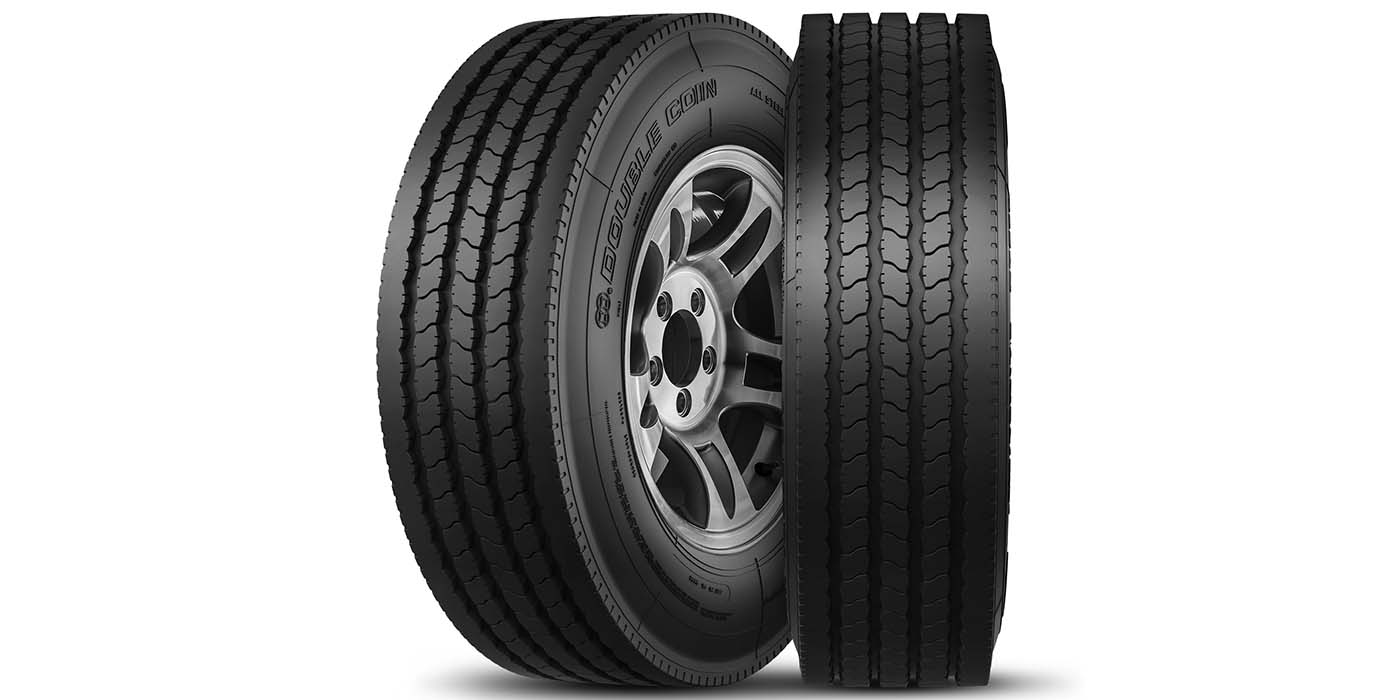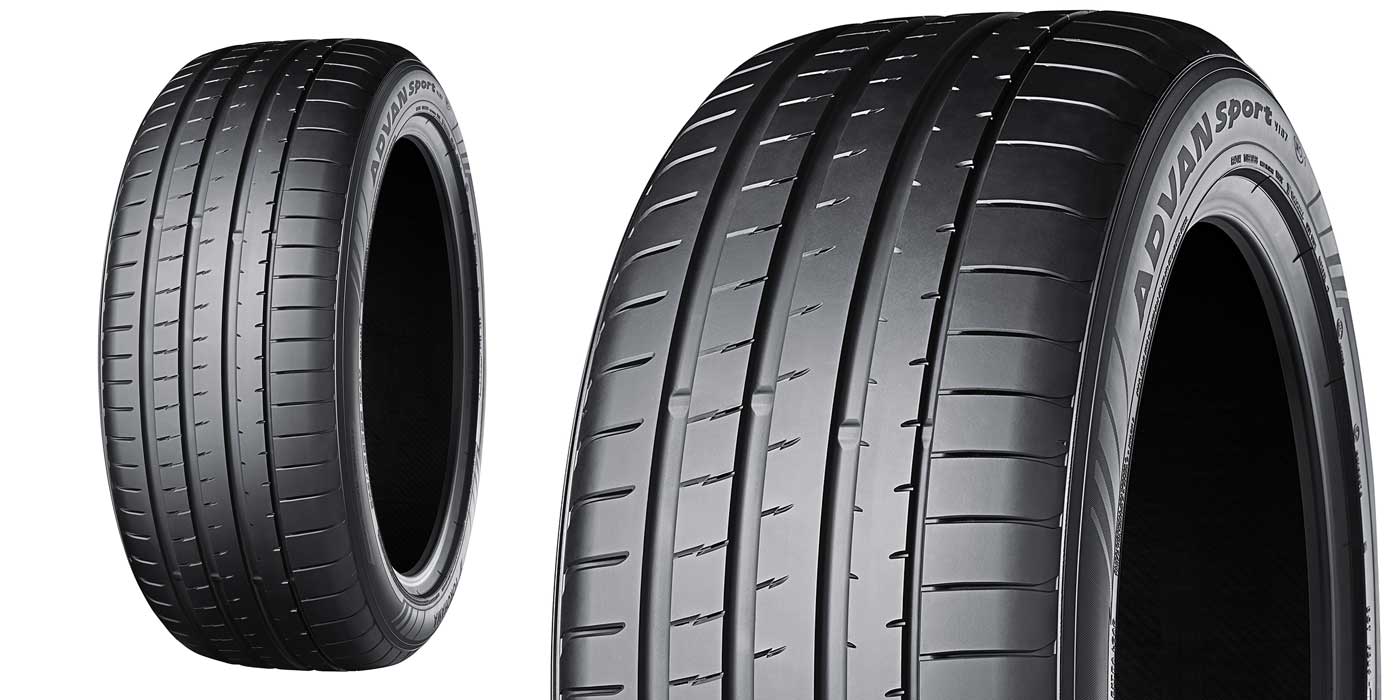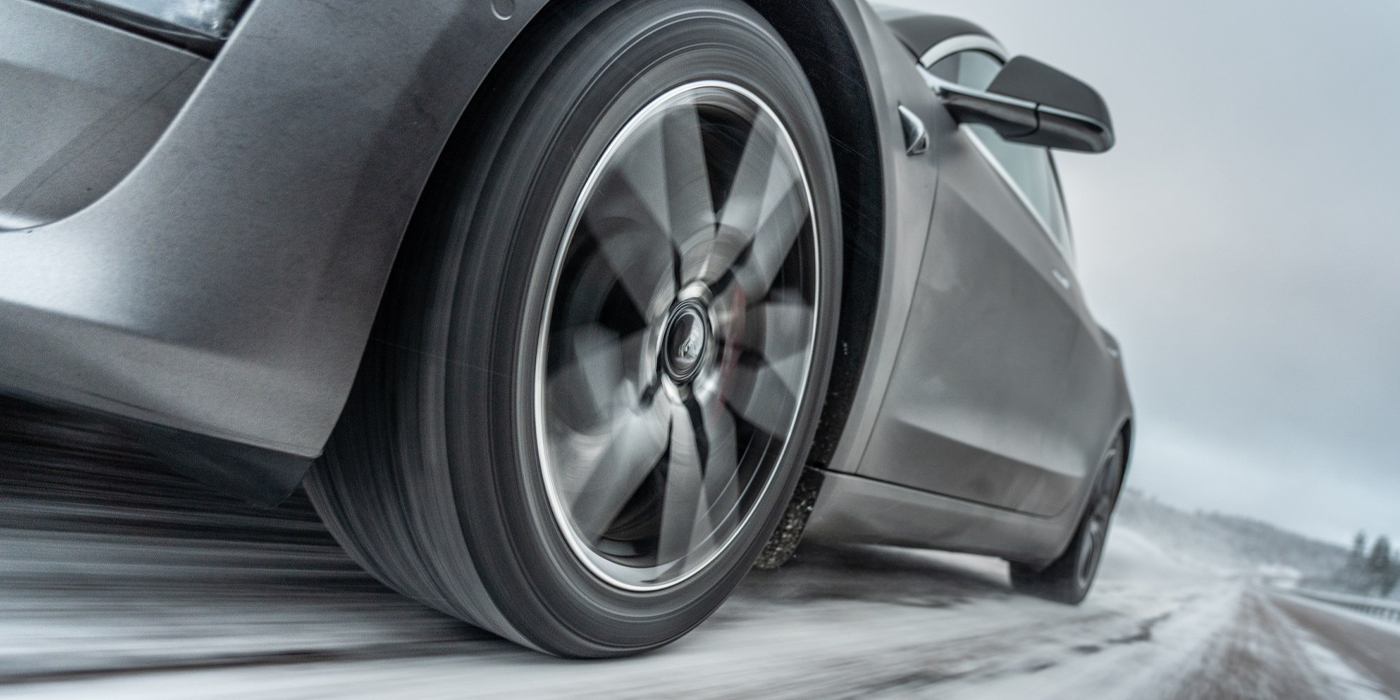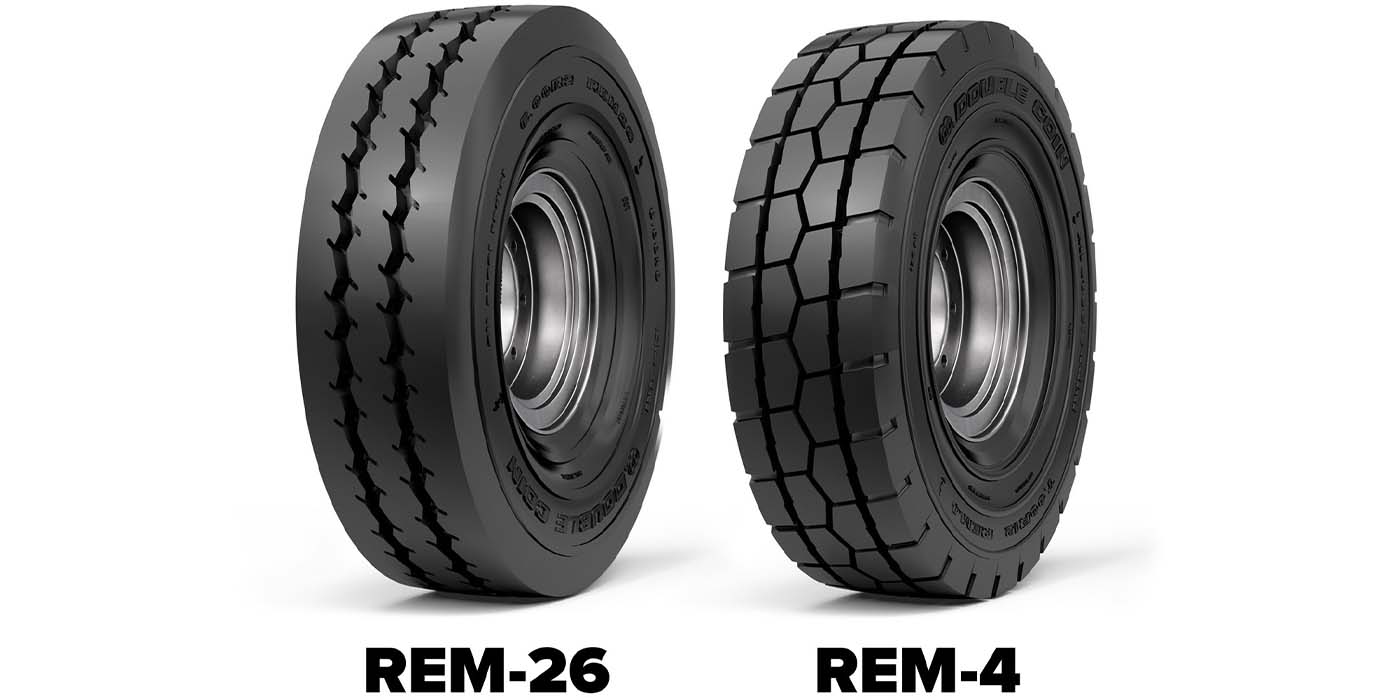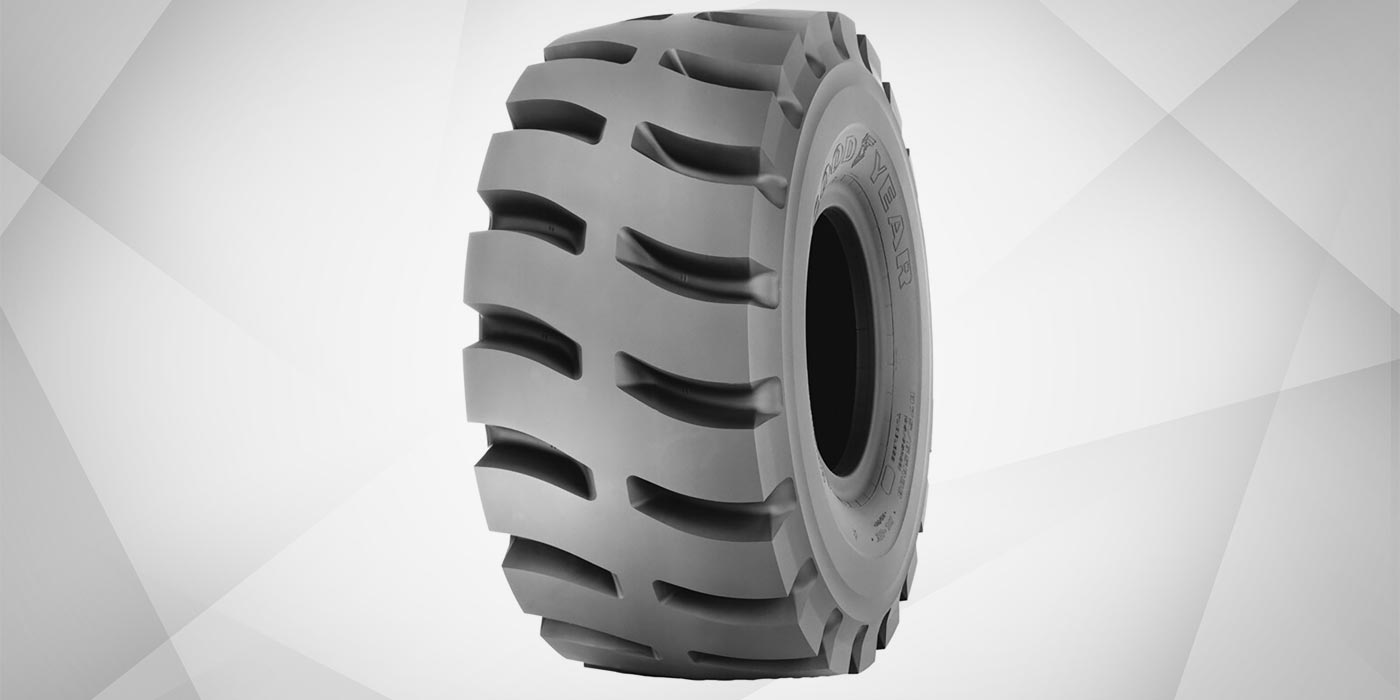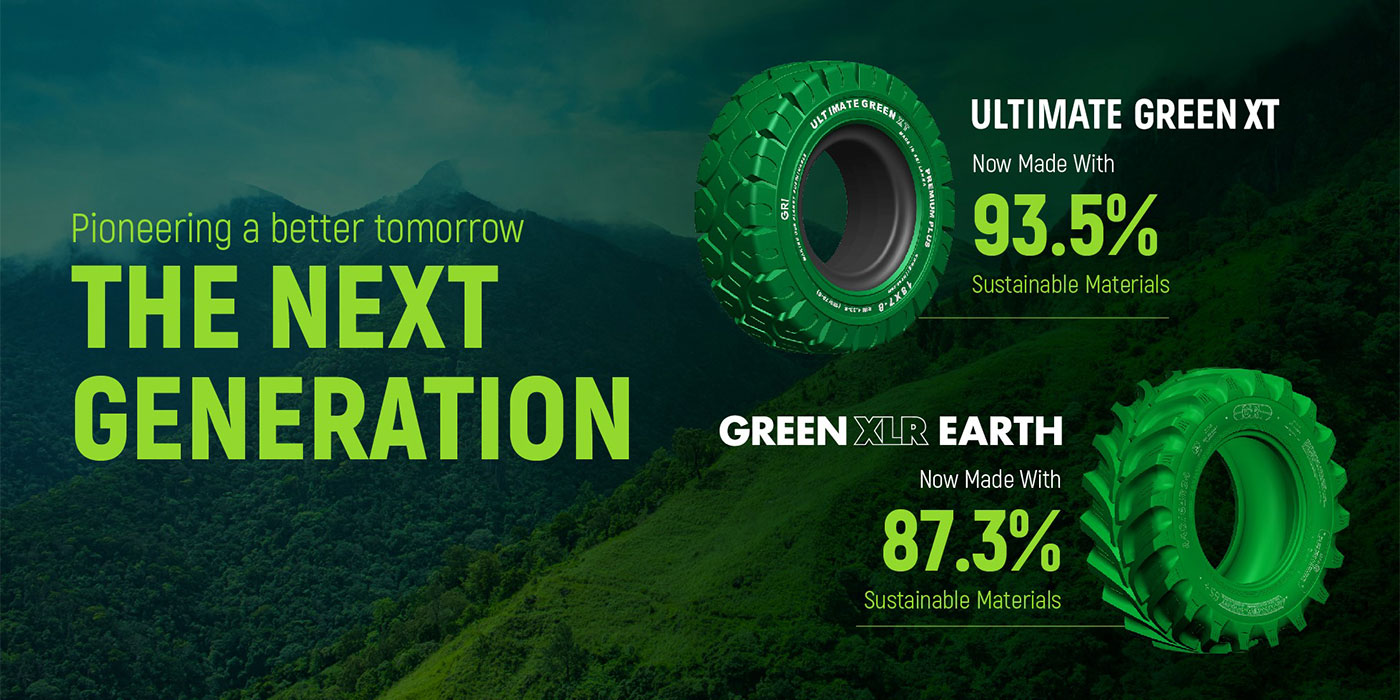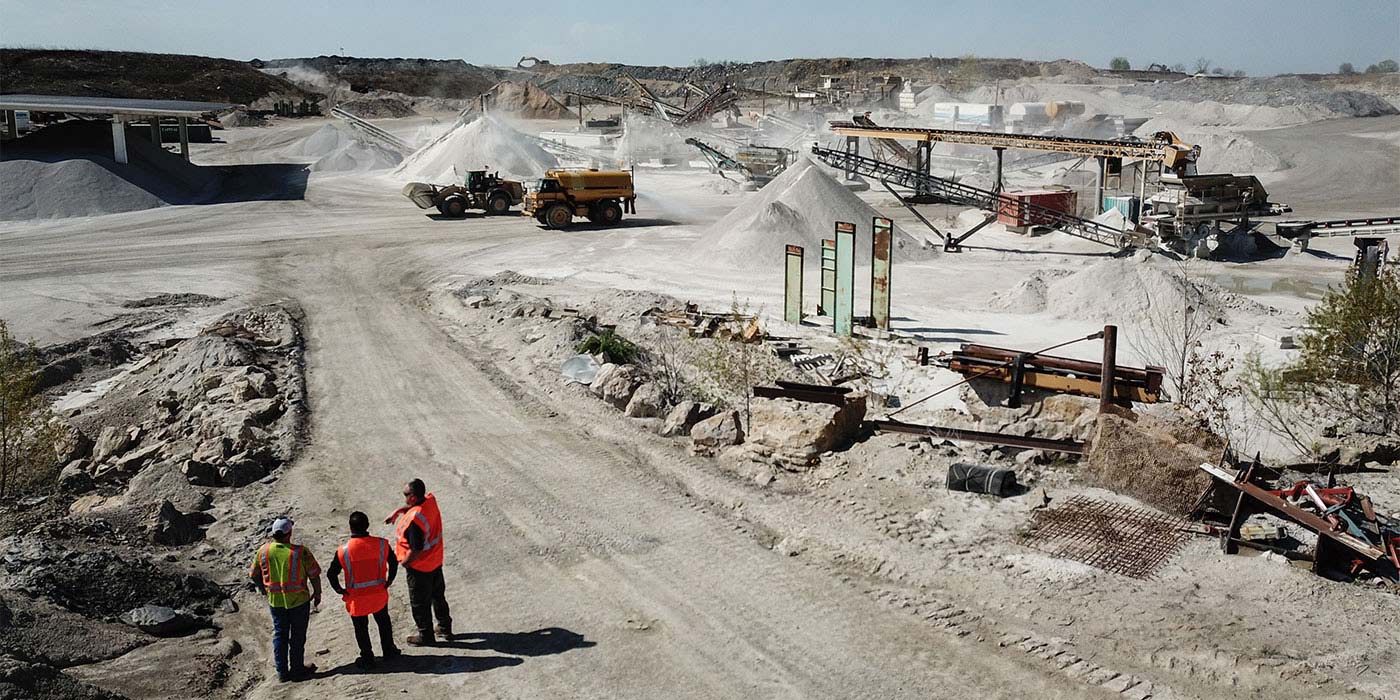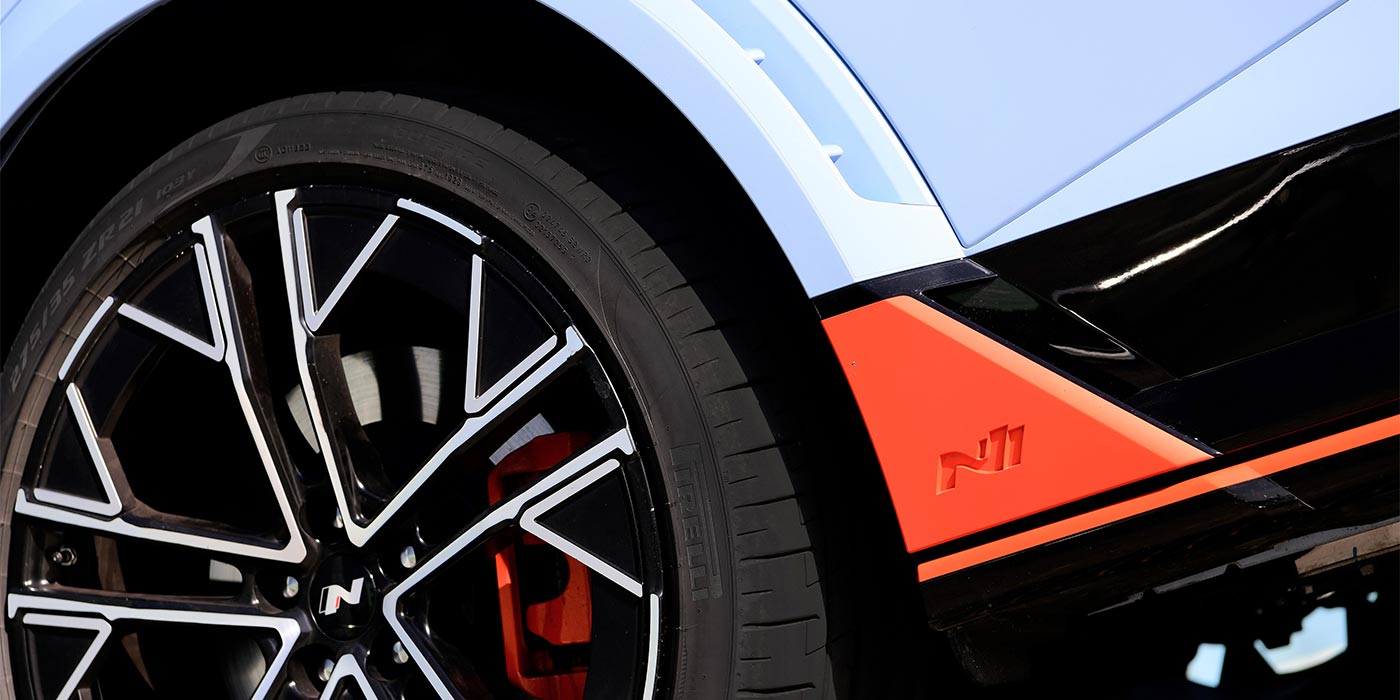It’s not exactly a gold mine, but experts say the giant OTR tire market is strong and getting stronger, thanks largely to conditions in the mining industry.
“The current giant OTR supply-and-demand situation has improved from what it had been a few years ago,” says Bruce Besancon, director of marketing for Michelin North America’s earthmover tire division. “This is due to many factors, of which the primary factor is that mining customers have become much better maintenance managers of their tires and the conditions in which they operate. A great deal of focus over the last few years has been on how to increase the life and productivity of tires on the machines in mining activity. This has paid off for all those involved.”
“We expect a plateauing in 2013 due to mining companies using their own inventory that they previously built up,” adds Tim Easter, director of OTR sales at Yokohama Tire Corp. “Going out through 2016, we anticipate some ramping up in growth, due to demand growing modestly and manufacturers expanding their production and output to improve supply.”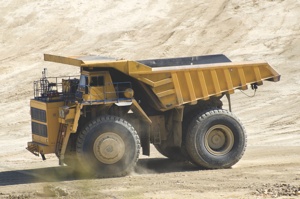
Easter says some key sizes – 27.00R49 and 33.00R51, for example – are showing improvement in supply, though somewhat of a shortage still exists in 57- and 63-inch sizes.
But Matt Johnson, vice president of the Global Mining Group at Purcell Tire and Rubber Co., doesn’t foresee too much of a lack of supply.
“The shortage is over for the time being,” he says. “I expect there to be excess tire capacity in 2013-15 as the manufacturers have announced expansion plans. The coal market has not shown any signs of recovery, and gold prices are falling. I expect manufacturers to sign more long-term agreements with their surplus production and to sell future production capabilities.”
“We saw the mining industry continue to be consistent in demand for tires during 2012,” Besancon explains. “Because of the diversity in mining, some commodities had weaker demand than in previous years, but overall it was a strong year for tire sales. The outlook for mining is still positive over the next few years, though it may not have the double-digit growth seen in previous years. It’s still a very strong and demanding market.”
Before the market picks up, however, Johnson sees a quick downturn – the same phenomenon that Easter predicts.
“I expect the market to see a small reduction in sales as many customers that use 57-inch and up sizes will be reducing their inventories, thus buying fewer tires,” Johnson explains.
“Following reduction of customer inventories, I expect that strong OTR dealers in the market will start to gain traction and grow as they gain new business and have access to the correct tires to support their growth needs. Full-service OTR tire companies will shine as mining companies will value the lower operating costs (they) can provide by improving efficiencies, such as through reduced tire consumption.”
Easter further breaks down the trend. “During the first eight months or so of 2012, demand was relatively high and there was a shortage of supply globally,” he says. “Toward the end of the year, we started to see dips in demand with the OE segment slowing down more compared to the replacement segment. Today, despite the lower demand, the shortage continues partly because of the time it takes to develop and create new manufacturing facilities for giant OTR tires.”
Demands/Solutions
Changes in the mining industry and market also are the impetus behind changes in large OTR tires themselves.
“One of the issues facing the industry these days is the changing requirements of mining operation vehicles,” Easter says. “Trucks are getting bigger and hauls are getting longer. Manufacturers have to develop products that will withstand the required conditions. New technological trends include compounds that are more heat-resistant, as well as tread patterns that dissipate heat for those longer hauls.
“For shorter hauls,” he adds, “which require tight operations, better compounds are being developed to resist severe tire cuts while in operation.”
Besancon agrees that increasing large mining tires’ productivity and longevity is one of two trends in the OTR segment. To that end, he says, Michelin has launched its XDR2, with extended tire life and productivity. The other trend, he says, is attending to the maintenance and safety of the tires. That focus has been met by the introduction of Michelin’s MEMS (Michelin Earthmover Management System) Evolution 2.
The new version of MEMS provides mining operators with data about tire usage conditions, Besancon says. Temperature and pressure are constantly monitored to optimize driving and safety conditions, as well as tire performance. The system uses a latest-generation TPMS sensor as well as new, improved system software.
This new version also provides: direct access to data regardless of where the vehicle is located; user-friendly interfaces for operators and data analysts; greater flexibility for the operator’s information service; and wireless communication with software.
Meanwhile, Easter says Yokohama compliments its product performance – which includes a claimed four-time retreading capability – with three service-based components in the OTR segment. The first, he says, is the com- pany’s ability to adapt quickly.
“We listen to our customers’ unique job requirements and are able to meet their needs quickly with customized solutions,” he says. “An example of this is our ability to change our compounds to fit a customer’s job conditions.”
Next, he says, is an “ease of doing business” with mining customers, perhaps largely due to the third component: in-depth knowledge. Yokohama’s field sales personnel have an average of 20 years of experience in the mining industry, he says.
Johnson calls a similar focus on service at Purcell a “cradle-to-grave” effort, “and as such we manage the tire through every step of its life, including retreading and repair,” he says.
“We also help our customer manage their sites by suggesting improvements to haul-road maintenance and design, and by providing operator training. We are involved in their safety programs with active roles in training and product awareness. What really sets us apart is our people and the shared vision we have developed as a team.”
But Besancon says that the most important thing to end-users in the giant OTR segment is safety. “Tire dealers and servicing personnel need to keep this in mind – to always send trained and qualified people to service tires,” he says. “Never allow someone who hasn’t been completely trained in the proper methods of handling, mounting or dismounting earthmover tires to work on any piece of equipment.
“This is why Michelin continues to offer the TIA Basic Earthmover Tire Service Course – a course that’s the standard in the industry,” he adds. “Michelin feels so strongly about this issue that we translated the materials of the course into Spanish so that the entire industry and all personnel could benefit from it.”
Easter lists other factors as being important to end-users, as well. Among them are: cost per hour, which considers a tire’s treadlife, retreadability and durability; reliability, as downtime can be costly; and availability.
“For dealers,” he says, “it’s important to have the ability to track end-users’ tires, to be knowledgeable in proper maintenance and service, and to be knowledgeable in recommending the proper tires for various applications.”

